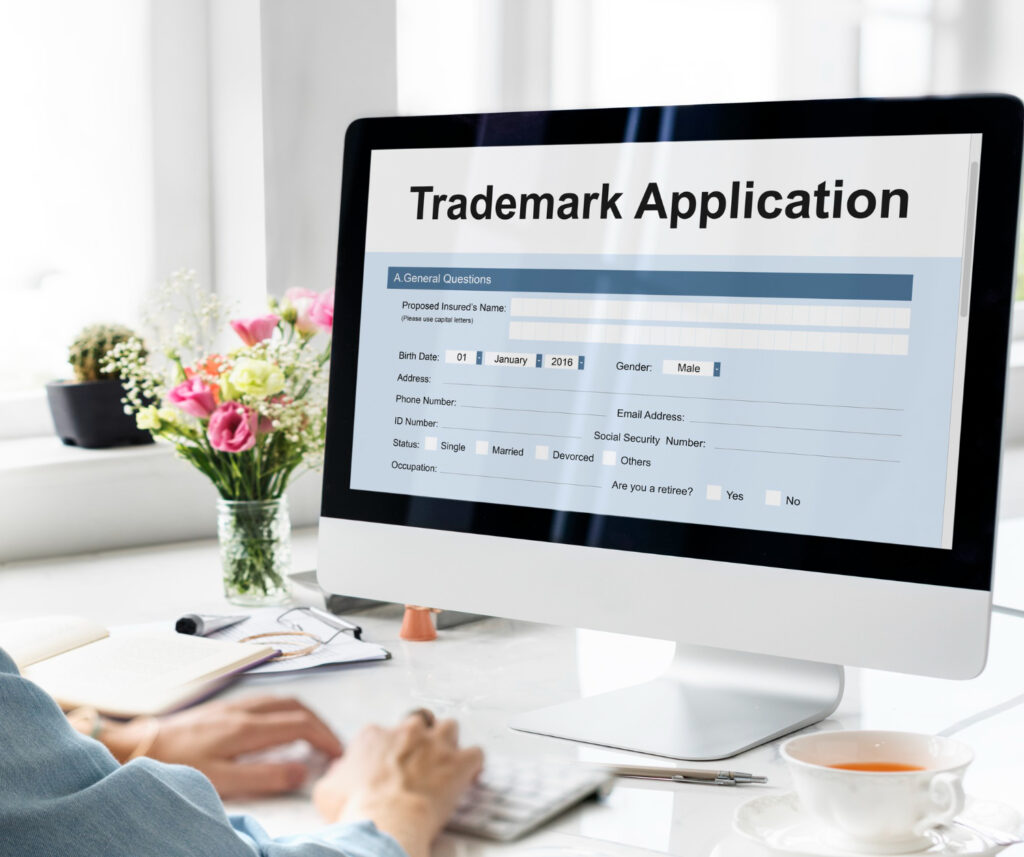- 311, 3rd Floor, B-10 & 11, Chanakya Complex, Laxmi Nagar, Delhi-110092
- 97738 98252
- info@enrollkaro.com
This implies you'll need to finish up our simple web-based brand name application and submit it alongside whatever other necessary archives
Our experts will lead a brand name search to affirm the accessibility or inaccessibility of the specific logo enlistment name provided.
From among the 45 projects, we will propose suitable classes relying upon what kind of products you manage.
We will finish the brand name enlistment and, in the span of three days, we'll make your brand name application.
Your exchange imprint will be enrolled inside 1.5 - 2 years if nobody challenges it.
Trademark registration is the process of officially recognizing and recording a trademark with the relevant government authority. This provides legal protection for the trademark, granting the owner exclusive rights to use it in commerce for specific goods or services.

Confirms your ownership of the trademark and provides a public record of your rights.
Allows you to stop others from using or registering similar marks that could cause confusion in the marketplace.
A registered trademark can be licensed to others, generating revenue streams for the owner.
Facilitates business expansion by ensuring your brand is protected in new markets.
Registered trademarks act as a deterrent to competitors who may consider using a similar name or logo.
A trademark is a recognizable sign, symbol, word, or combination of these that identifies and distinguishes the source of goods or services of one entity from others. It can be a name, logo, slogan, or even a sound associated with a product or service.
Registering a trademark offers several benefits:
You can register:
The entire process generally takes between 6 to 12 months from the date of filing, depending on the jurisdiction and any potential opposition or office actions. Some steps, like the examination, publication, and opposition periods, can extend the timeline.
Trademark registration typically lasts for 10 years from the registration date. It can be renewed indefinitely in increments of 10 years by filing for renewal and paying the required fees.
Trademarks are territorial, meaning they are valid only in the country or jurisdiction where they are registered. If you want protection in multiple countries, you can either:
You can conduct a trademark search using:
If someone opposes your trademark, you will have to respond to the opposition by filing a counter-statement or providing evidence supporting your case. If the matter cannot be resolved, a hearing may take place before a decision is made.
No, a trademark that is identical or confusingly similar to an existing registered trademark for the same goods/services cannot be registered. This is why a trademark search is essential before filing.
Once a trademark is registered, significant changes to its design, wording, or appearance are not allowed. If you wish to make major changes, you will need to file a new trademark application for the altered version.
By continuing past this page, you agree to our Terms and Conditions Privacy Policy and Refund Policy | Copyright © 2024 Enroll Karo.com| All Rights Reserved